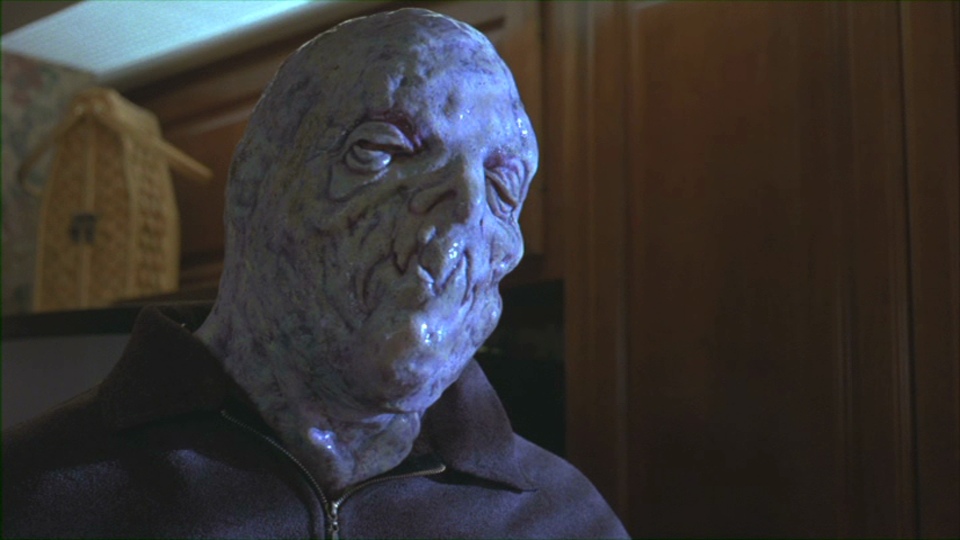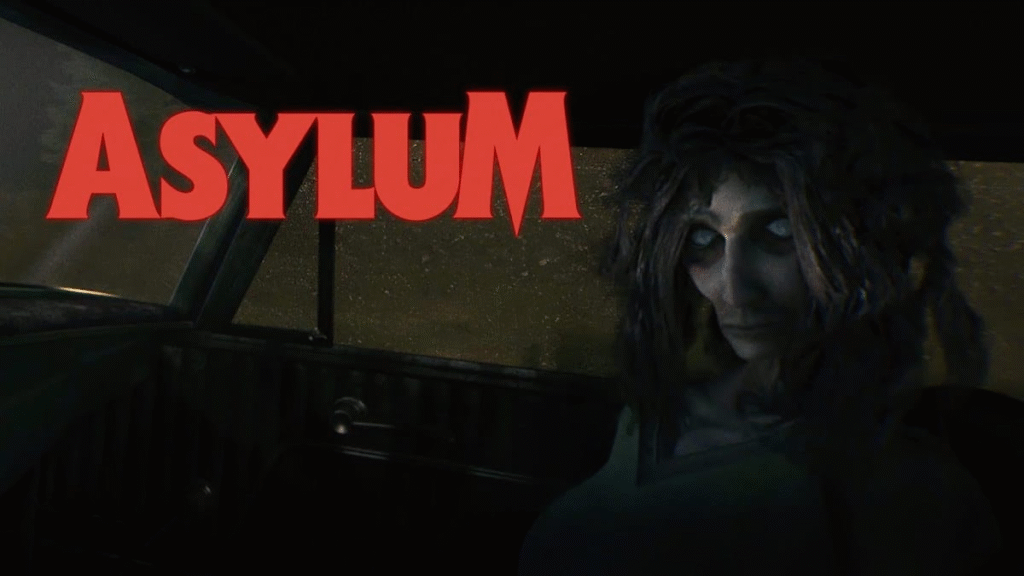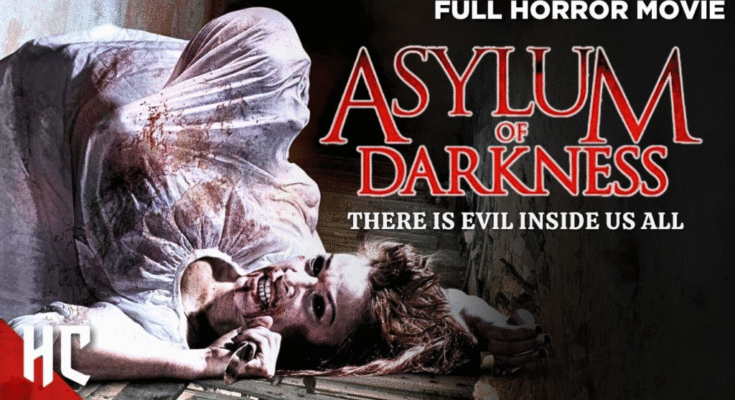Delving into the Abyss: A Review of “Asylum of Darkness”
Director James R. Harris’ debut feature, “Asylum of Darkness,” isn’t your typical jump-scare horror flick. Instead, it’s a meticulously crafted descent into psychological terror, a slow burn that will leave you breathless and questioning your own sanity. This isn’t a film for the faint of heart; it’s a visceral experience that lingers long after the credits roll.
A Haunted Psychiatrist in a Haunted Place
At the heart of the film is Dr. Meredith Harlan, powerfully portrayed by Vera Farmiga. Meredith, a psychiatrist carrying her own undisclosed trauma, is sent to investigate a derelict asylum nestled deep within the Appalachian wilderness. Her task: evaluate a single, unsettling patient who claims the building itself is alive. What begins as a clinical assessment rapidly transforms into a terrifying confrontation with the insidious nature of the asylum itself, a place where reality bends and breaks. Farmiga’s performance is nothing short of masterful; she conveys Meredith’s internal struggle with a chilling subtlety, her fear manifested not in screams, but in a slow, agonizing unraveling.
The Asylum as a Character

The asylum itself is more than just a backdrop; it’s a malevolent entity, a character in its own right. The film’s atmosphere is thick with dread, expertly crafted through masterful cinematography and sound design. Flickering lights, crumbling architecture, and the constant, unsettling groan of aging pipes create a sense of inescapable claustrophobia. The shadows seem to writhe, and the whispers—oh, the whispers—will burrow their way into your subconscious. One hallway endlessly loops back on itself, a visual representation of the film’s cyclical descent into madness.
Surreal Terror and Shifting Realities
“Asylum of Darkness” masterfully employs surreal imagery to unsettle the viewer. One particularly memorable sequence finds Meredith exploring an abandoned therapy room that morphs into her own childhood bedroom. Furniture shifts, her voice echoes in reverse, and a record player spins a session tape revealing a scream and a name she doesn’t recognize—a chilling moment that encapsulates the film’s dreamlike structure and blurring of past and present.

A Narrative That Stumbles?
While the film’s atmospheric brilliance is undeniable, the narrative occasionally falters. As the film delves deeper into its mythology—ancient rituals, sentient architecture, and transdimensional trauma—the plot can feel overly abstract, potentially leaving viewers craving more concrete explanations. The third act, in particular, feels like a fever dream, prioritizing symbolic imagery over a satisfying resolution. Yet, this ambiguity may be intentional, reflecting the chaotic nature of the asylum itself, a place where logic and reason hold no sway.

Strong Performances Amidst Archetypal Characters
The supporting cast largely embodies archetypal horror figures: a compassionate nurse hiding a secret, a disturbed priest-turned-orderly, and a mute girl whose drawings depict her nightmarish visions. These characters serve primarily as reflections of Meredith’s crumbling mental state. However, Malcolm Barrett’s portrayal of the enigmatic patient stands out, delivering a performance that is both terrifying and deeply tragic.
Practical Effects Reign Supreme
One of the film’s greatest strengths lies in its commitment to practical effects. The film minimizes CGI, resulting in genuinely disturbing visuals: flesh that peels like wallpaper, eyes that bleed moths, and walls that seem to breathe. These tactile effects are both unsettling and deeply effective, immersing the viewer in the film’s horrific reality.
Final Verdict: A Haunting Descent
“Asylum of Darkness” may not provide easy answers, but it offers a relentless, intoxicating journey into the depths of trauma and fractured perception. It’s a slow, agonizing descent into a hellish landscape of whispered secrets and blood-soaked dreams—a chilling blend of “Session 9,” “The Babadook,” and the surreal madness of David Lynch. While the narrative’s ambiguity might frustrate some viewers, the overall impact is undeniable. The film’s unsettling atmosphere, powerful performances, and masterful use of practical effects make it a truly memorable, if challenging, experience. 7.8/10
